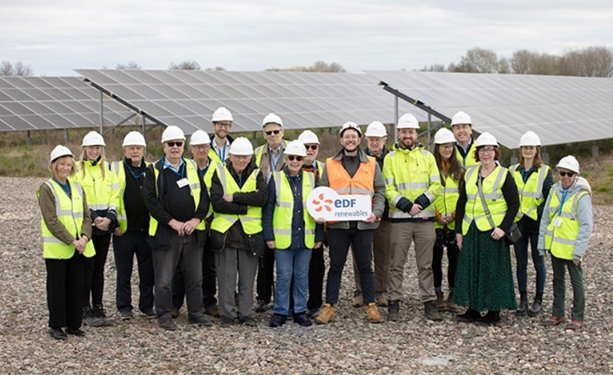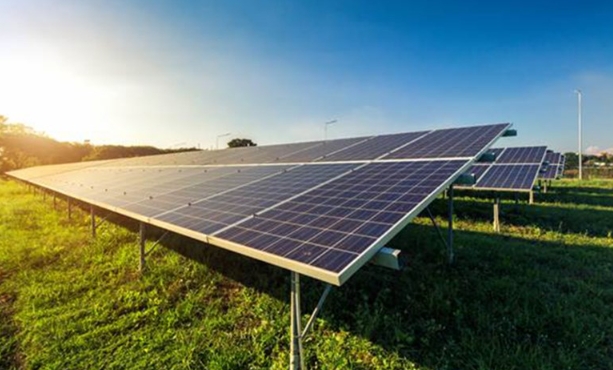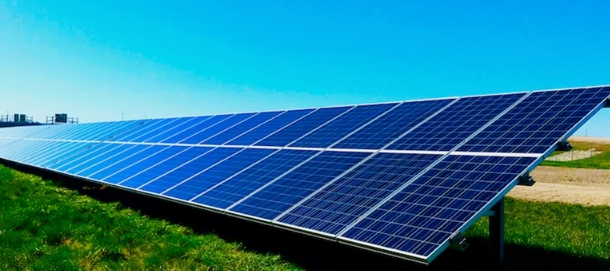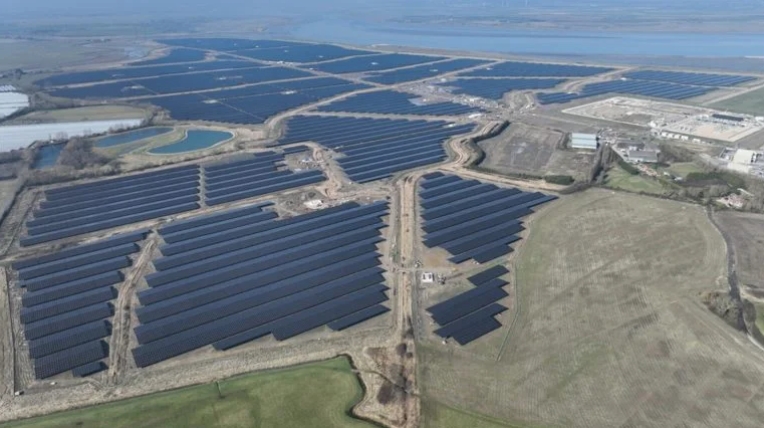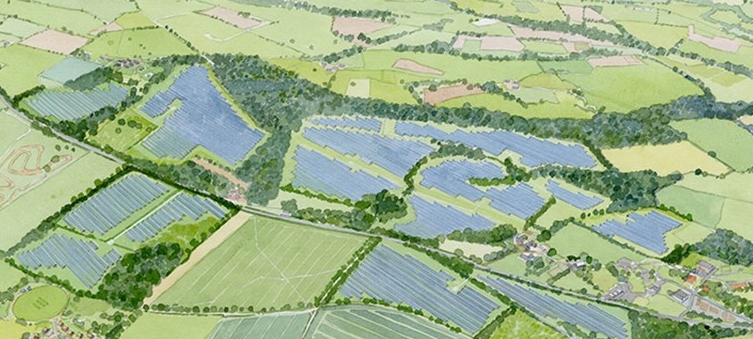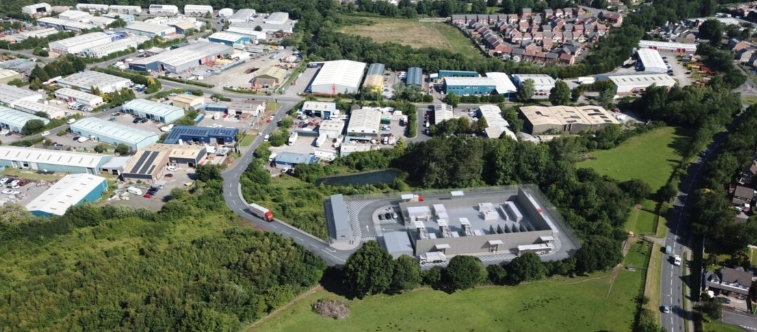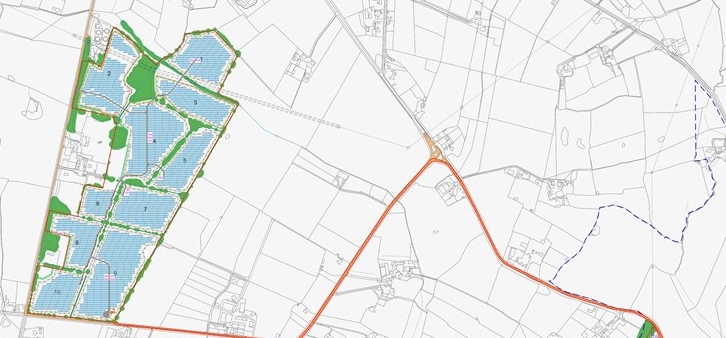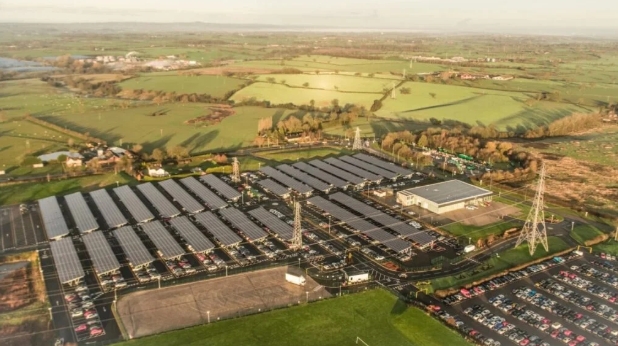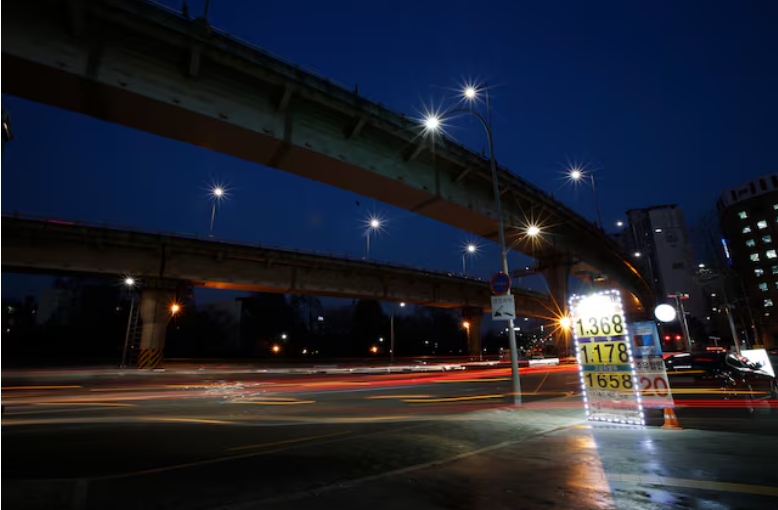
The raw material switch has enabled South Korean cracker operators to increase their operating rates, despite struggling from weak petrochemical margins amid oversupplies.
Lower naphtha imports by South Korea could further depress the margins for Asian refiners in the summer months of May and June, when LPG is typically cheaper due to a fall in heating demand. The United States, Asia's top supplier of LPG, stands to benefit from rising cracker demand.
South Korea's naphtha imports slipped to about 18.13 million barrels in April and 17 million barrels this month, Kpler data showed. LSEG Research estimates April volume at about 18.59 million barrels and May imports at around 18.34 million barrels.
Both April and May levels are down from the March volume of about 22 million barrels, Korea National Oil Corp data showed.
Naphtha is used in making consumer goods like plastics and textile fibres.
LPG consumption at South Korean crackers jumped about 56% on-year to 7.26 million barrels in March, bringing the first-quarter use to 16.81 million barrels, up about 22% from the same period last year, government data provided by the Korea Petrochemical Industry Association (KPIA) showed.
In contrast, naphtha consumption at crackers slipped about 8% to 36.4 million barrels in March, compared with 39.4 million barrels in the same month last year, the data showed.
 Reuters Graphics
Reuters Graphics Reuters Graphics
"South Korea's naphtha cracking facilities have expanded their capacity to feed LPG in order to diversify their feedstock," Lim Jonghyun, a KPIA representative, told Reuters.
"Last year, LPG prices rose due to the supply reduction caused by the Russian-Ukrainian war, resulting in a low input volume."
As energy prices have stabilised, the input of LPG into petrochemical facilities will increase in the coming months, he added.
Utilisation rates at the Korean crackers increased to 81.8% in March versus 75.9% in the same month of 2023 and last year's average of 74%, KPIA said.
"The input of naphtha is decreasing, and LPG is replacing it," KPIA's Lim said.
South Korean cracker operators can usually replace about 20-30% of naphtha to LPG, two sources familiar with the matter said.
 Reuters Graphics
Reuters Graphics Reuters Graphics
Asia's naphtha cost about $100 per ton more than LPG on Monday, a Singapore-based petrochemical trader said, encouraging petrochemical plants to continue using LPG.
The sources declined to be named as they are not authorised to speak to media.
KPIA members include Lotte Chemical (011170.KS), opens new tab, Yeochun NCC, LG Chem (051910.KS), opens new tab, Hanwha TotalEnergies and GS Caltex.
